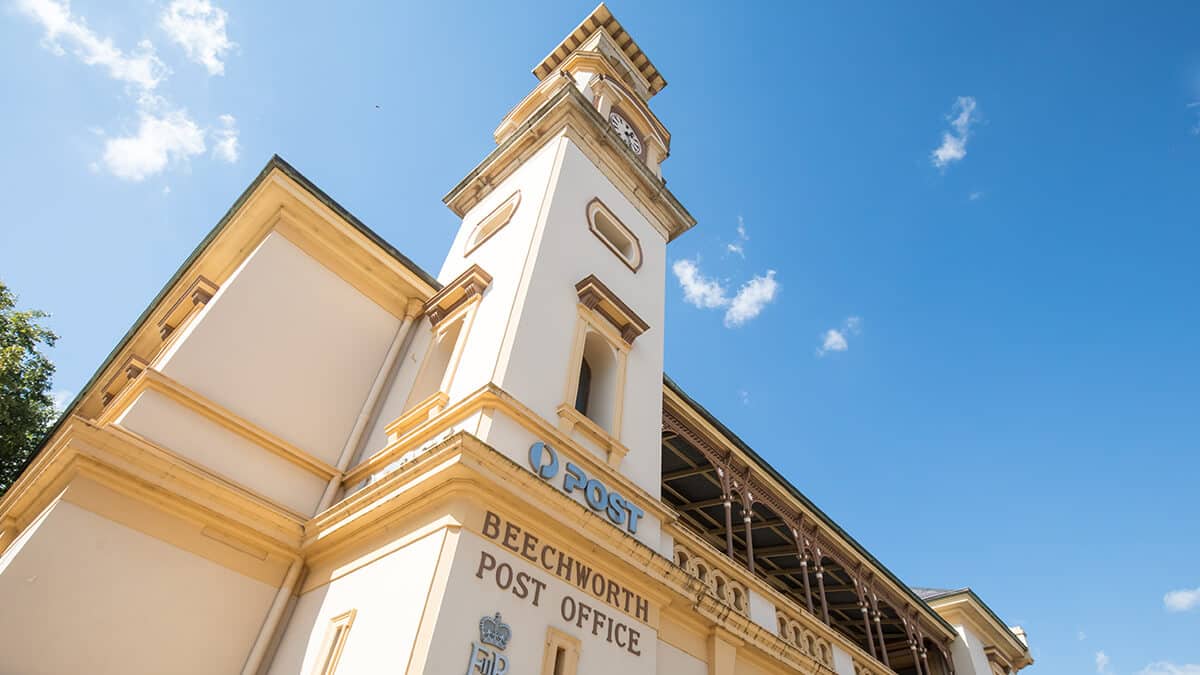In this guide
Australia’s property markets continue to grow, leaving lots of investors keen to get a slice of the action. If you own a small business and have an SMSF, you can take out a loan to buy the commercial property you use for your business and become your own landlord.
With SMSFs holding $109.7 billion in non-residential real property assets in the December 2024 quarter, it’s clear many trustees have already taken to the idea.
Although there are strict rules you need to follow, SuperGuide has put together a simple 10-step guide on how to organise an SMSF commercial property loan and rental arrangement that will keep the ATO happy.
What are the rules for SMSF property loans?
The key rule is you can only invest in a property asset through your SMSF if you meet all the ATO’s requirements. The property investment must:
- Comply with the sole purpose test to provide retirement benefits to fund members
- Not be acquired from a related party of a member
- Not be lived in by a fund member or related party of a fund member
- Not be rented by a fund member or related party of a fund member.
The SIS Act also prevents the trustees of an SMSF from borrowing money, with the exception of using a limited recourse borrowing arrangement (LRBA) to acquire a single asset, like direct property or shares.
A big plus with commercial property investments is they are exempt from many of the above restrictions:
- The in-house asset rules that restrict the SMSF from leasing the fund property to a member or a related party do not apply for property that is used wholly and exclusively for business use; and
- The related party acquisition rules do not apply where the SMSF is acquiring property that is used wholly and exclusively in one or more businesses.
These exemptions mean your SMSF can take out a complying loan and buy a commercial property such as your business premises – even from one of the members of the fund. Your business can then pay rent to your SMSF.
Learn more about the SMSF Investment rules.
Need to know
The legislation permitting SMSFs to borrow to acquire a property asset requires the loan to be a limited recourse borrowing arrangement (LRBA). In the December 2024 quarter, SMSFs had invested in $72 billion worth of assets through LRBAs.
Under an LRBA, the property is provided as security for the loan, but the lender does not have recourse to other fund assets if the loan is not repaid.
The SMSF borrowing rules require the property asset to be held by a separate entity called a bare trust (or holding trust).
The SMSF is the beneficiary of the trust, but the bare trustee (which cannot be the same as the SMSF trustee), acts as the registered holder of the property.
When the loan is repaid, legal ownership of the property can revert to the SMSF trustee.
Read more about SMSF borrowing.
How to purchase a commercial property for your SMSF
Borrowing to buy a commercial property through your SMSF and leasing it back to your business is similar to a normal property purchase. There are some important steps you need to follow, however, to ensure you don’t fall foul of the super and tax rules:
Step 1: Check your investment strategy and trust deed
Become a member to continue
- Comprehensive super and SMSF rules in plain language
- SMSF specific strategies and checklists make admin a breeze
- Discover most popular SMSF investments
- Newsletters and webinars keep you up-to-date and compliant



Leave a Reply
You must be logged in to post a comment.